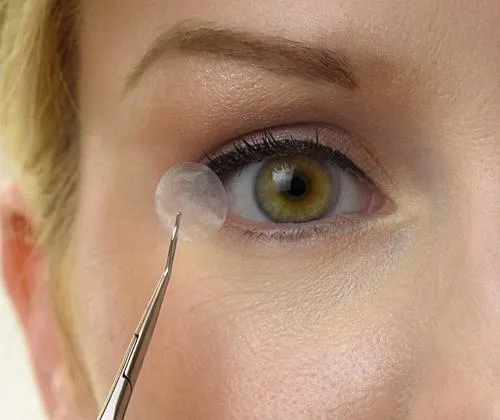Post-LASIK Eye Discomfort
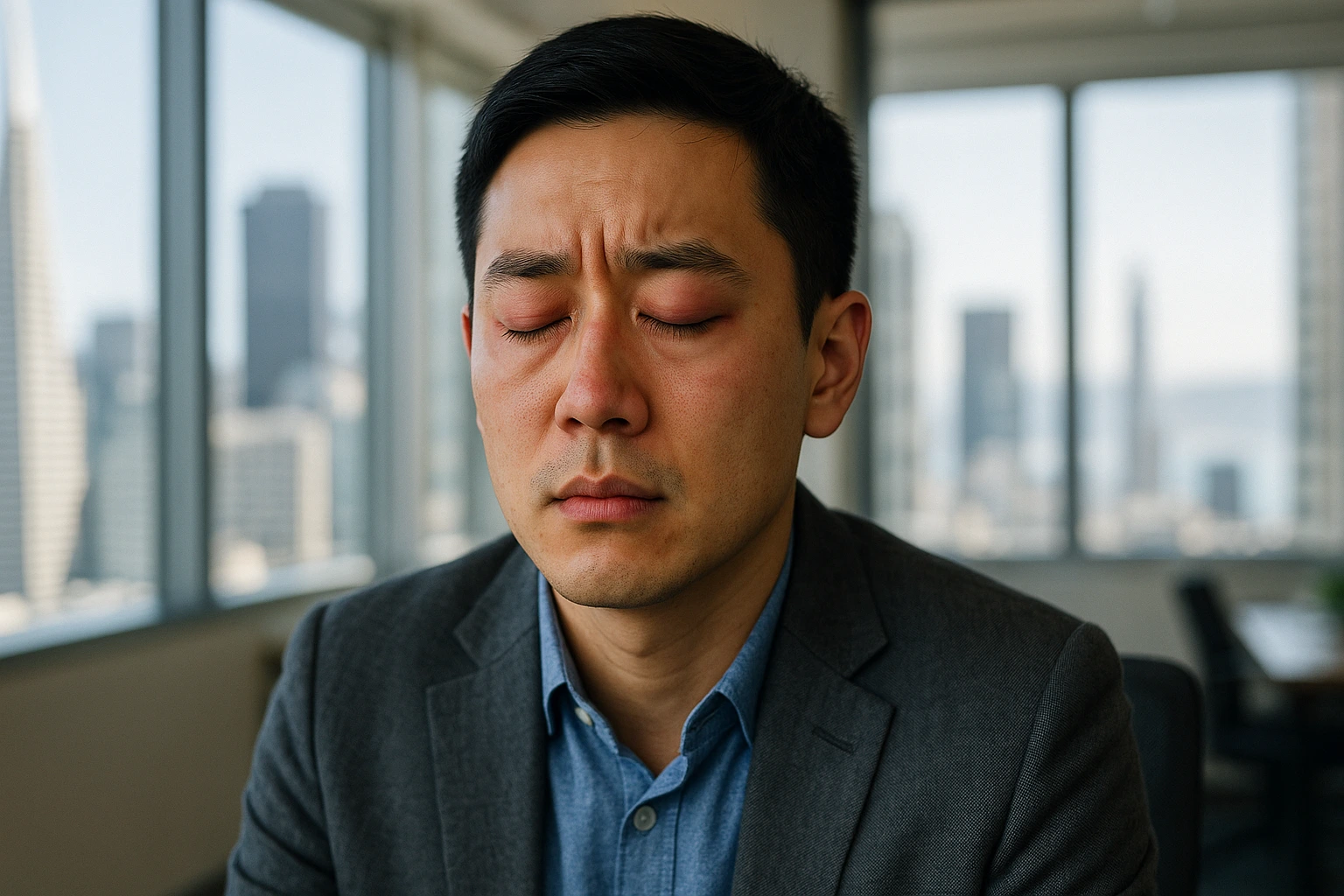


.png)

.png)
.png)
.png)

.png)
.png)
.png)

.png)
.png)
.png)

.png)
.png)
.png)

.png)
.png)
.png)

.png)
.png)
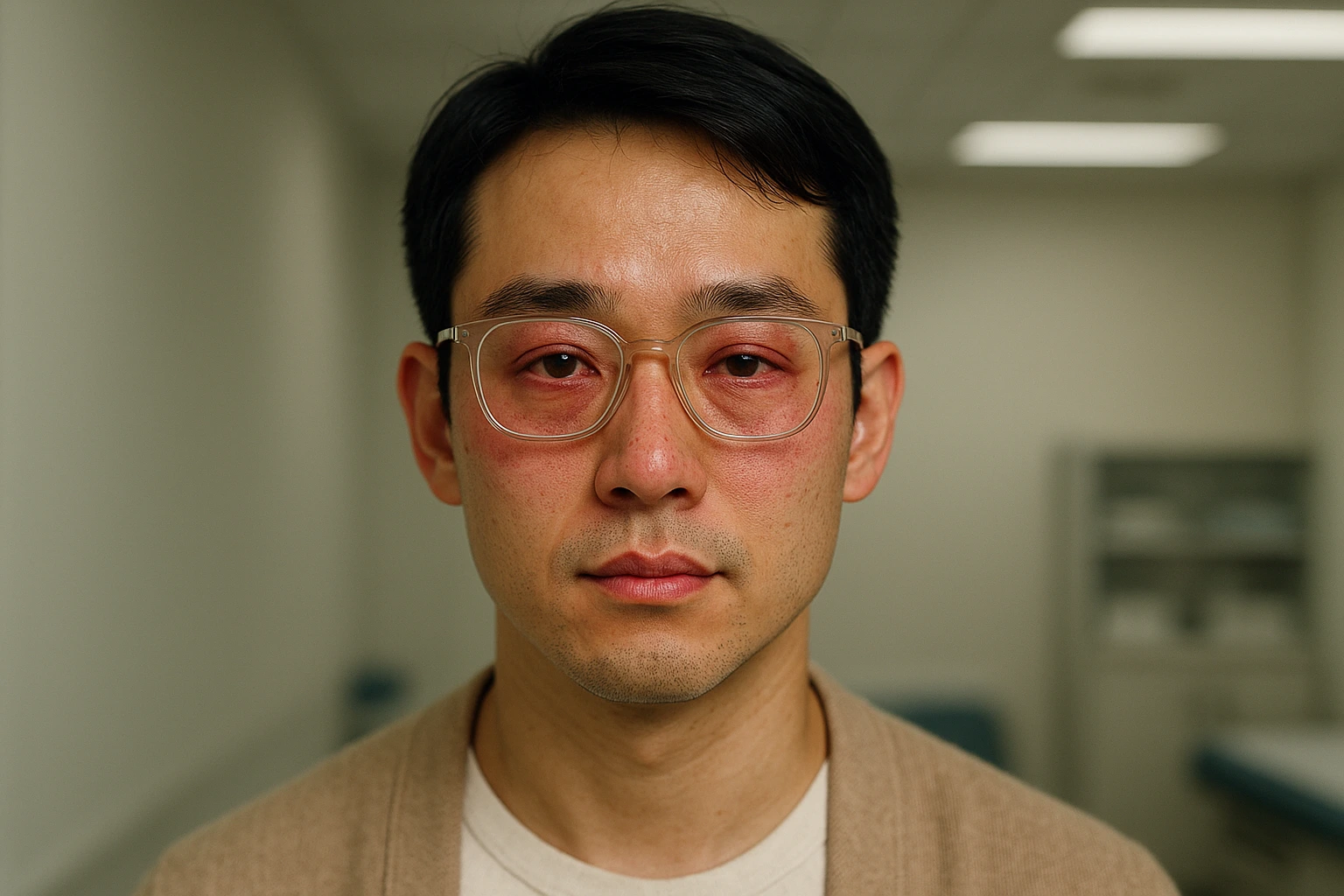
You've been waiting for visual freedom, but you're struggling with constant discomfort
Having surgery to improve your vision and ending up with chronic pain is a deeply frustrating experience. Do you recognize these persistent symptoms (beyond 6 months after surgery)?
- Severe pain, burning, or throbbing that is not relieved by standard drops.
- Extreme sensitivity to light (severe photophobia), wind, or air conditioning.
- Difficulty working on a screen or driving at night due to discomfort.
The most frustrating? It's when you're told that the surgery was successful and that your eyes look “normal,” but that your pain is real and disabling. If your discomfort continues, it's time to explore the deeper causes.
Beyond Drops: Diagnosing Complex Dryness and Neuropathic Pain
Why does the pain persist? The key role of the corneal nerves.
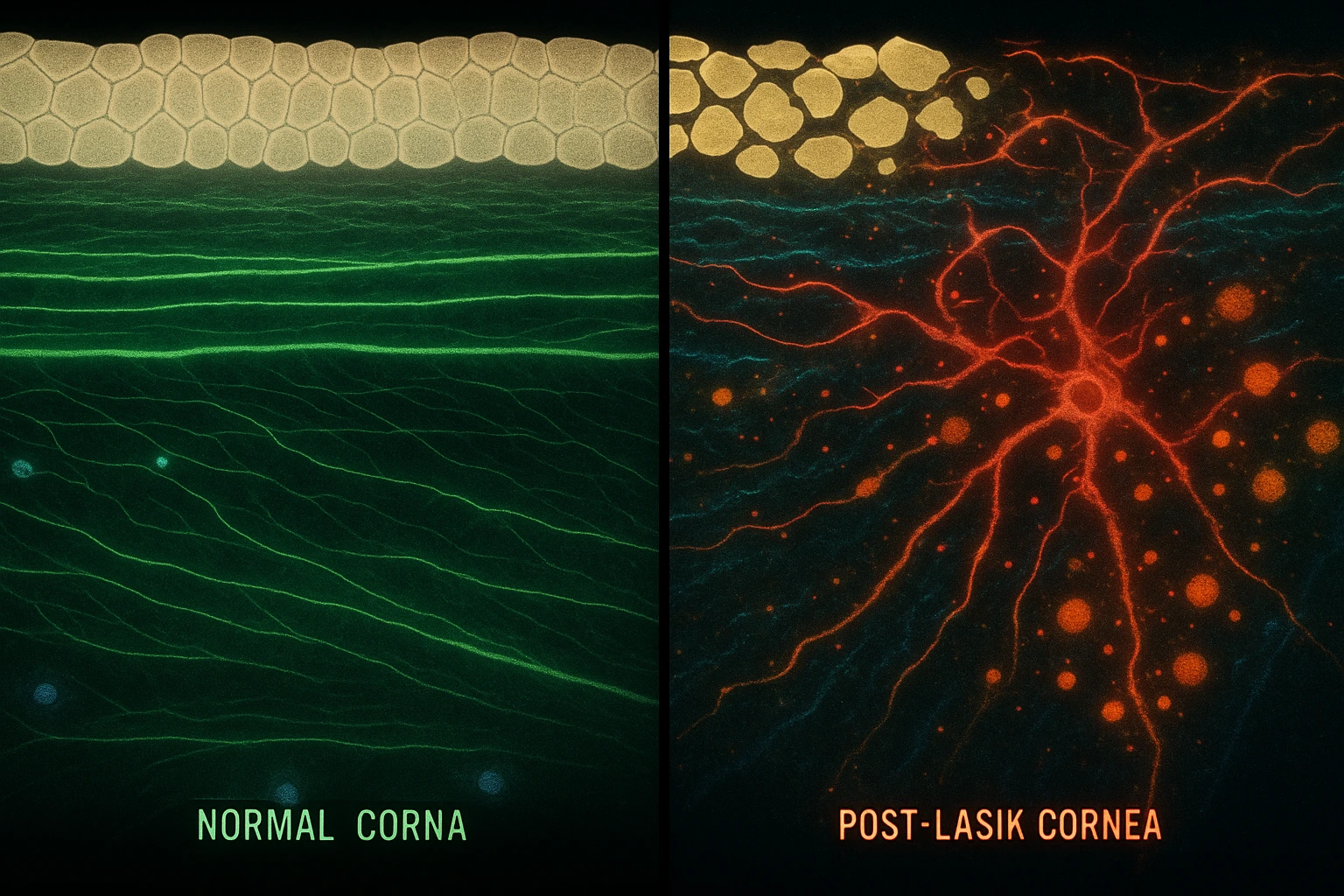
Any refractive surgery temporarily disrupts the microscopic nerves in the eye. These nerves are essential for signaling your brain to produce tears and regulate sensation.
Normally these nerves heal. But sometimes the recovery doesn't go as planned, leading to two distinct problems:
- Persistent Dryness (Tears Problem): Consistently nerves reduce tear production, causing complex and severe dryness.
- Neuropathic Pain (Nerve Problem):Nerves heal in an aberrant way. They become hypersensitive and send constant pain signals to the brain, even if the eye is not severely dry. This is called “invisible pain.”
The key message: Standard drops cannot correct a nerve signal problem. That's why they often don't work for persistent post-LASIK discomfort.
THE CARE EXPERIENCE
Meet our optometrists

Dre. Francesca Olinga
An optometrist and founder of the CARE Clinic, Dr. Francesca Olinga understands dry eye because she has experienced it. Experienced in the management of complex cases (neuropathic pain, demodex, chalazions), she uses innovation and listening to offer you lasting solutions, not just temporary relief.
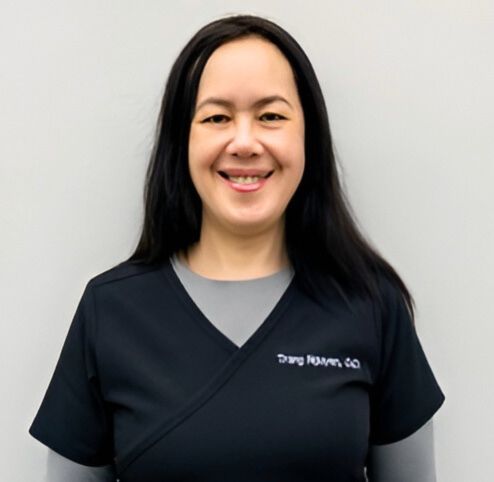
Dr. Trang Nguyen
Optometrist with over 30 years of experience and speaker for eye care professionals. Dr. Nguyen has experience in restoring visual quality affected by dry eye. It offers unique expertise to reconcile your aesthetic goals (makeup, cosmetics) and optimal eye comfort. Trust an expert who trains experts.
Nerve Sensitivity Analysis
Advanced Ocular Surface Assessment
Targeted Rehabilitation Plan




